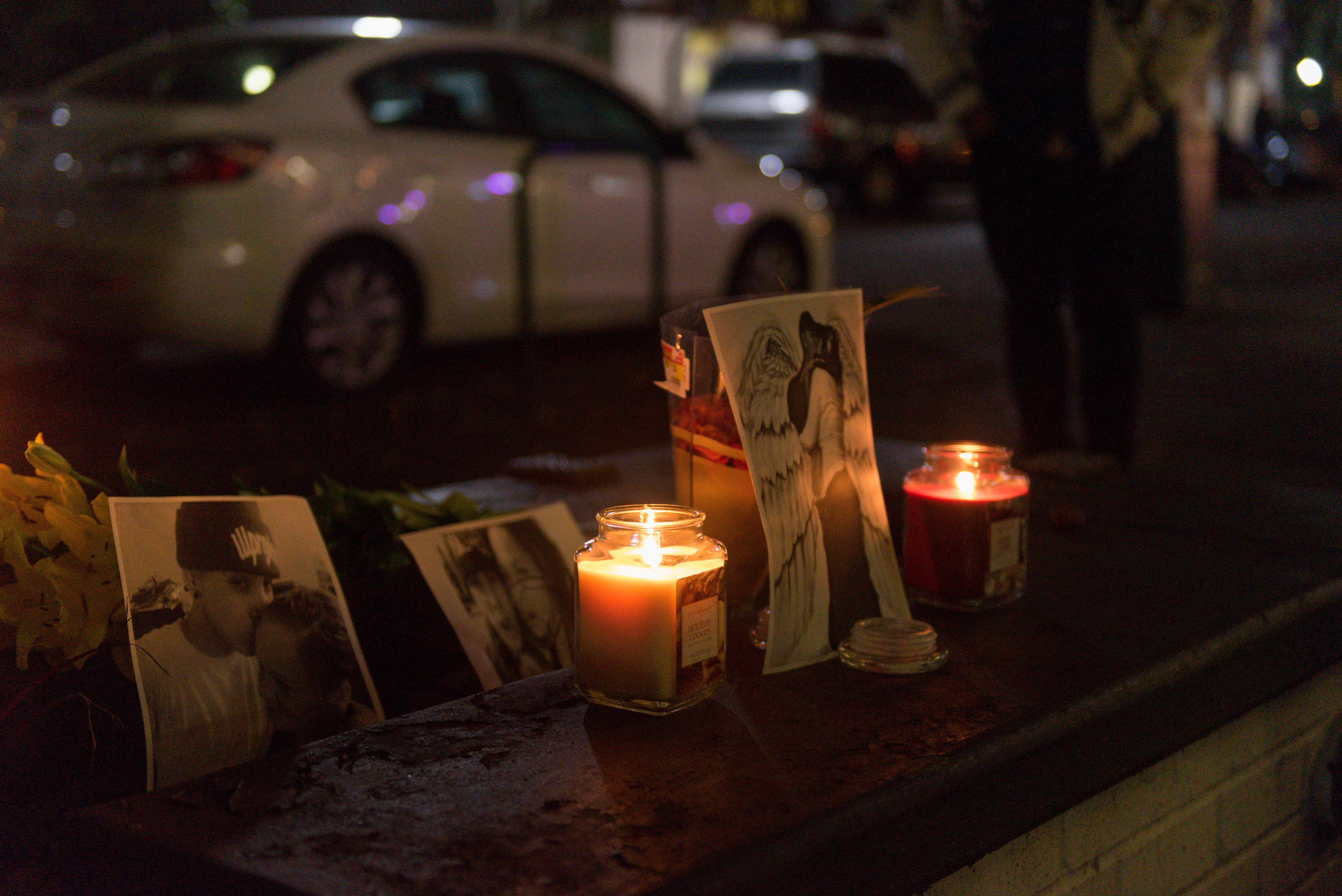Prescription and non-prescription opioid and psychotropic drug activity at Portland State may be on the rise. In Multnomah, Clackamas and Washington Counties, from January to March of this year, there were 216 opioid prescriptions filled per 1,000 population, the Oregon Health Authority reported. They did not report internet and street sales.
“The use of opioid medications, from incidence to intention,” was the topic of a forum held Aug. 24 at National University of Natural Medicine and sponsored by the Oregon Health Forum, a branch of The Lund Report, an Oregon news organization focused on health.
Drug overdose deaths have skyrocketed in the past 15 years, and opioids are the prime cause of drug-related death, according to panelist Katrina Hedberg, MD, MPH. Hedberg is the state epidemiologist and state health officer at the Oregon Public Health Division.
The Substance Abuse and Mental Health Services Administration reported, “The average age for prescription painkiller first-time use was 21.2,” in 2015. Oregon has the second highest rates of opioid use in the nation, according to the Oregon Medical Association.
Both prescription drugs and street made drugs are present on the PSU campus.
Some drugs, Fentanyl for example, are designed by chemists who pick a chemical structure and change it beyond the legal definition of a controlled substance, according to Marcus Watt R.Ph., executive director of the Oregon Board of Pharmacy. These drugs are then sold on the internet and on the street.
Fentanyl has been reported by various resources as between 10–100 times stronger than heroin but less expensive. It is mixed with heroin and opioids and sold as powder or as pills.
Phil Zerzan, chief of Campus Public Safety at PSU said that Fentanyl is on campus. Zerzan reported that in 2015 there were nine people who overdosed and were transported to hospital and one death on campus. This year, prior to Sept. 2, eight people have been transported to hospital and one death has occurred on campus due to overdose.
OHA reported that overdose hospitalizations in 2014 for pharmaceutical opioids were 7.96 per 100,000 population, and heroin was 1.64.
Panelists discussed taking a full bio-psycho-social exam of medical patients and how to better educate those patients about other pain relief disciplines including physical therapy, acupuncture, yoga, exercise and diet. Their goal is to lower the number of opioid prescriptions written.
“What’s hard in healthcare today is everyone is really stressed out and there’s not a lot of time, and it’s a quick fix to hand someone a prescription,” said Krista Nelson, LCSW, OSW-C, oncology social worker, program manager of compassionate care and program manager of quality and research for Providence Cancer Support Services. “Other disciplines take a long time.”
For many, physical therapy, acupuncture, exercise and diet have proven effective in treating pain, but not everyone has the time or resources for physical therapy.
Kevin Wilson, doctor of naturopathic medicine at NUNM also pointed at an insurance bias. “[It’s] the payment bias in this system that forces physicians toward prescription drugs because that is what is on the formulaic for their patients’ insurance,” Wilson said.
Efforts to taper the opioid drug epidemic are a push-pull between benefits and difficulties.
“When you’re sitting across from a person who says ‘I’m in pain and this medicine helps me,’ it’s hard to know what to do about that,” said panelist John P. Muench, M.D., M.P.H. and director of behavioral medicine at Oregon Health Sciences University.
“A lot of people come in demanding these things,” Watt said. “It’s hard for a physician, especially if you’re in practice to say ‘no,’ especially if you’re afraid they’re going to go out the door and you’re going to lose them, and the patient is going to do something worse.”
“Clearly, we’ve gotten to a point now where we understand better the harms on many levels,” Muench said. “If it’s prescribing practices, and I think a lot of that has been occurring. Some of it is getting to people who are clearly dependent and having troubles with opioids through exhibited risky behaviors with opioids and other things [and] trying to help them with programs.”
Watt explained that the current crisis of opioid dependency developed as early as thirty years ago.
“It became very apparent that there were people out there in pain and really struggling to live pain free lives,” Watt said. “The medical community, as a whole, came out with this philosophy that nobody should have to live in pain. So that changed the focus from restrictive to give whatever they needed to stop the pain. That coincided with some marketing by some pharmaceutical companies that their drugs out there were less addictive and weren’t nearly the problem. We now have a problem.”
Opioid pain relief has been a trend that was recognized in the late 1980s and early 1990s.
“In 1992 or 1995 it was more considered a pain epidemic,” Muench said. “Papers were coming out that we should be more effectively treating pain—more liberal with opioids. Some of this was probably pharmaceutical industry stuff. Some of it was legitimately medically good papers. At that point, when I was in residency, I prescribed almost no opioids, and suddenly there was an acceleration of the use of opioids.”
“The one real big concern I have is that we’ve created the over availability of these pills, and now that we’re trying to fix that, they’re turning to heroin and other illegal drugs,” Watt said. “With the pharmaceutical drugs you at least know what you’re getting. The milligram strength. While it may not be ideal, you can manage it, you can treat it, you can work on it. If someone transitions to street drugs there’s none of that. You could be going along just fine, and the next day you’re dead. My biggest concern is to try to stop the transition of people from pharmaceutical products to the street drug.”







Had an interesting time reading this. I like the helpful info you supply for your articles.